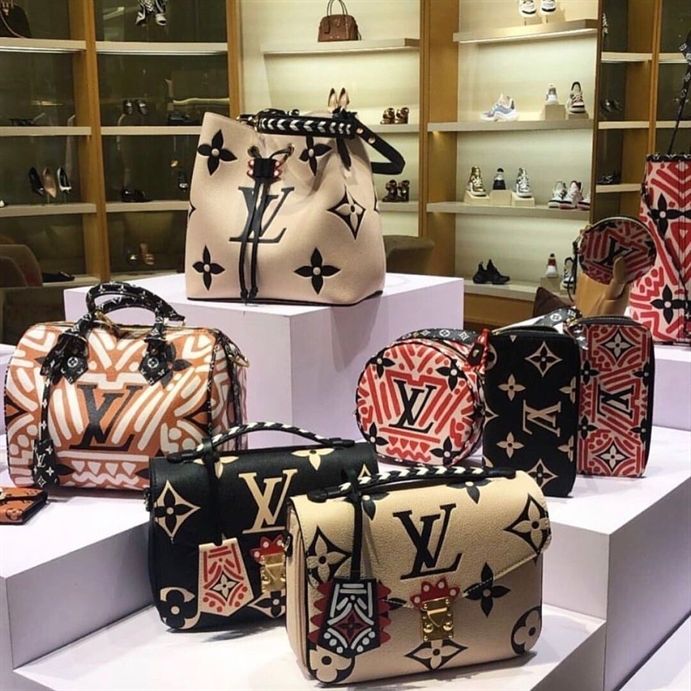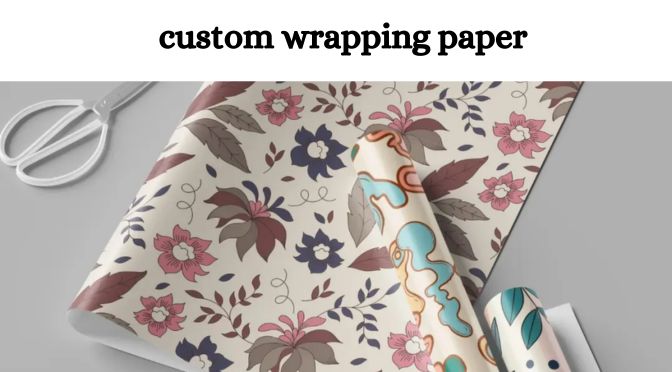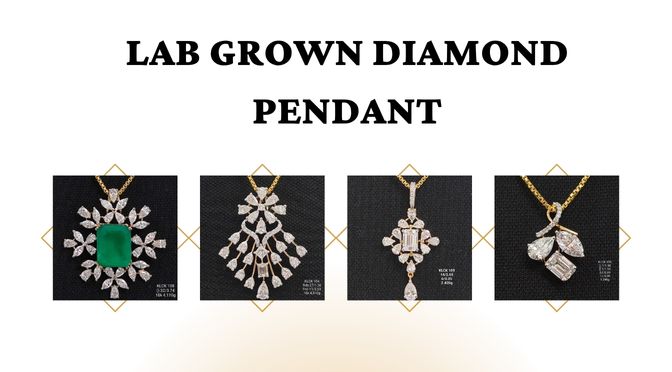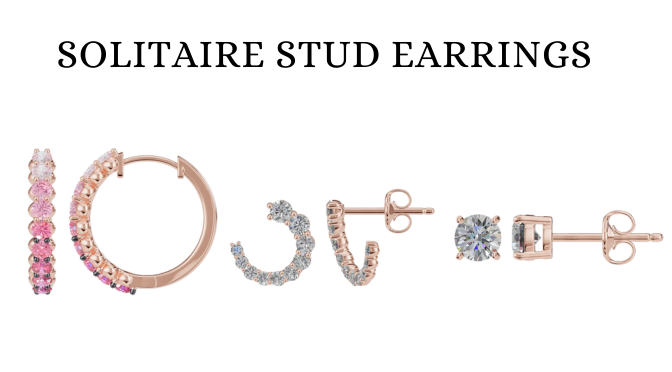Introduction
In the ever-evolving world of fashion, designer replicas have carved out a niche for themselves. These items, often referred to as “knockoffs” or “dupes,” mimic the design, appearance, and sometimes branding of high-end luxury products. They are not original creations from luxury fashion houses, but they aim to provide a similar aesthetic at a fraction of the price. While some consumers view designer replicas as a practical way to enjoy stylish products, others criticize them for ethical and legal concerns. This article explores the growing popularity of designer replicas, the reasons behind their demand, their impact on the fashion industry, and the ethical dilemmas they present.
The Rise of Designer Replicas
The market for designer replicas has grown substantially over the past two decades. With the global expansion of e-commerce platforms and social media influence, these replicas have become more accessible than ever. Consumers from all walks of life can now find near-identical versions of luxury handbags, shoes, watches, and clothing online.
A key factor driving the demand for designer replicas is affordability. Original luxury items can cost thousands of dollars, often placing them out of reach for the average consumer. In contrast, replicas offer a similar look for a small fraction of the cost. This accessibility appeals to consumers who admire the style and prestige of high-end fashion but cannot justify or afford the high price tags.
Social Media and Influence
Platforms like Instagram, TikTok, and YouTube have played a significant role in popularizing designer replicas. Influencers regularly showcase their outfits and accessories, often tagging luxury brands. For viewers, replicating these styles becomes a form of social aspiration. However, not all viewers can afford original designer pieces. As a result, many turn to designer replicas to achieve a similar look.
The rise of “dupe culture” on social media has normalized the use of replicas. Hashtags like #designerdupe and #replicahaul have amassed millions of views, creating a digital community where sharing information about where to buy designer replicas is common and even celebrated. This trend has blurred the line between real and replica in the eyes of many consumers.
Understanding the Quality Spectrum
Not all designer replicas are created equal. They range from poor-quality knockoffs to high-grade replicas known as “mirror replicas” or “1:1 replicas.” The latter are made with meticulous attention to detail, often using similar materials and craftsmanship as the original. Some even come with packaging that closely resembles the genuine brand, making them difficult to distinguish from authentic products.
While high-quality replicas may seem like a bargain, they also raise greater concerns. Their close resemblance to real products increases the likelihood of deception, either intentionally or unintentionally. This misrepresentation can harm both the original brand and the buyer who may believe they are purchasing an authentic product through resale or third-party markets.
Legal Implications and Intellectual Property
Designer replicas often infringe on intellectual property laws. Fashion brands invest heavily in developing unique designs, logos, and branding, all protected under copyright and trademark law. When a replica imitates these elements, it may constitute counterfeiting, which is illegal in most jurisdictions.
Governments and luxury brands have taken steps to crack down on the sale and distribution of counterfeit goods. Customs authorities regularly seize fake products, and companies often pursue legal action against sellers. However, due to the scale of the global replica market and the anonymity provided by online platforms, enforcement remains a significant challenge.
Ethical Considerations
The purchase and promotion of designer replicas involve several ethical dilemmas. From a consumer perspective, buying a replica may feel like a harmless way to enjoy fashion. However, it often contributes to unethical business practices. Many replica manufacturers operate in countries with loose labor regulations, where workers may face poor working conditions and low wages.
Moreover, supporting replica markets undermines the creativity and innovation of original designers. Fashion, like any art form, relies on original thought and craftsmanship. Replicas, by nature, copy existing work without credit or compensation to the original creators. For the fashion industry to thrive, respect for intellectual property and originality must be upheld.
The Luxury Brand Perspective
Luxury brands argue that designer replicas dilute the exclusivity and prestige of their products. High-end fashion thrives on scarcity and craftsmanship, which justify their high prices. Replicas disrupt this model by offering similar aesthetics without the cost or authenticity. As a result, brands invest millions in anti-counterfeit technologies, legal teams, and educational campaigns to protect their reputation and market share.
Some brands have adopted RFID chips and holograms to verify authenticity, while others maintain tight control over distribution channels. These measures aim to reassure genuine customers and deter counterfeiters, although they also add to the operational costs of luxury fashion houses.
Consumer Motivations
Despite the controversies, the appeal of designer replicas remains strong. Consumers often justify their purchases for various reasons:
-
Affordability: Not everyone can spend thousands on a handbag or pair of shoes. Replicas offer a budget-friendly alternative.
-
Trendy Fashion: Many styles fall out of fashion quickly. Investing in a high-end item for a short-lived trend may seem impractical.
-
Testing Before Buying: Some buyers use replicas to see if a particular style suits them before committing to the real item.
-
Low Perceived Risk: Many consumers believe the legal consequences of buying replicas are minimal compared to selling them.
While these reasons may seem valid on a personal level, they contribute to the broader challenges posed by the replica industry.
Alternatives to Designer Replicas
For consumers who appreciate fashion but wish to avoid the ethical and legal issues tied to designer replicas, there are alternatives:
-
Pre-owned luxury: Buying second-hand from trusted resale platforms allows access to authentic luxury goods at lower prices.
-
Contemporary designers: Many emerging brands offer unique, high-quality designs at more affordable prices.
-
Rental services: Fashion rental platforms allow users to wear luxury items temporarily without buying them.
-
Dupe-friendly brands: Some brands create products inspired by trends without directly copying trademarked elements, offering a similar style without legal or ethical complications.
These options provide more sustainable and ethical ways to engage with fashion.
Conclusion
The phenomenon of designer replicas reflects a complex interplay between desire, affordability, ethics, and legality. While they provide a way for fashion enthusiasts to enjoy high-end looks without the price tag, they also raise significant concerns about intellectual property, labor ethics, and the integrity of the fashion industry. As consumers become more informed and socially conscious, the hope is that purchasing decisions will lean toward authenticity, creativity, and respect for the hard work behind original designs. In a world where style and status often collide, the choice between real and replica is ultimately a reflection of values as much as it is of taste.




